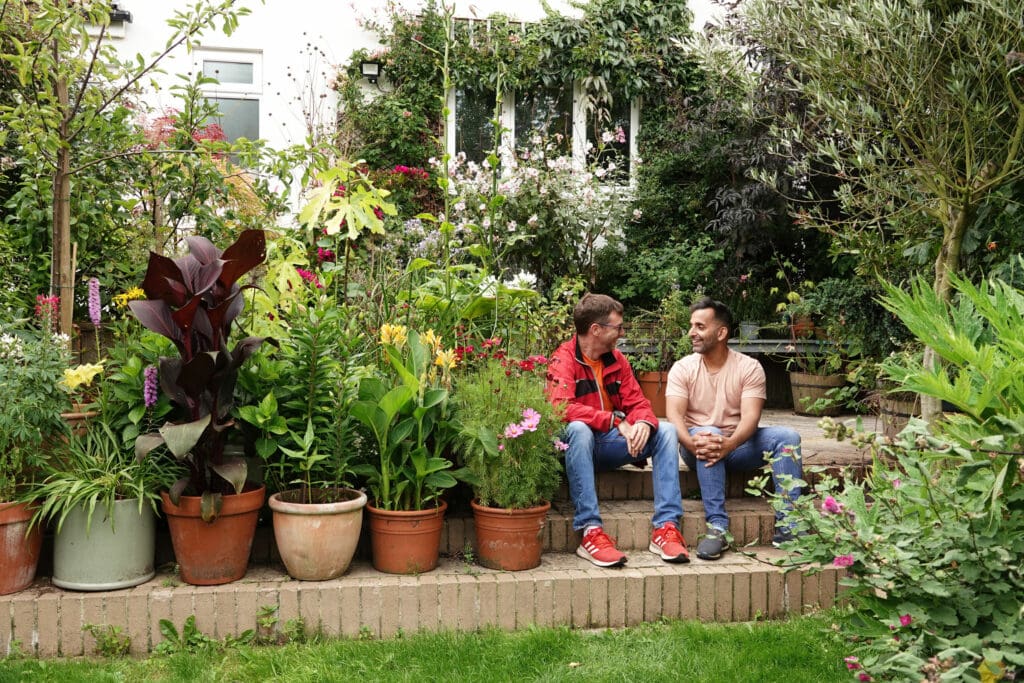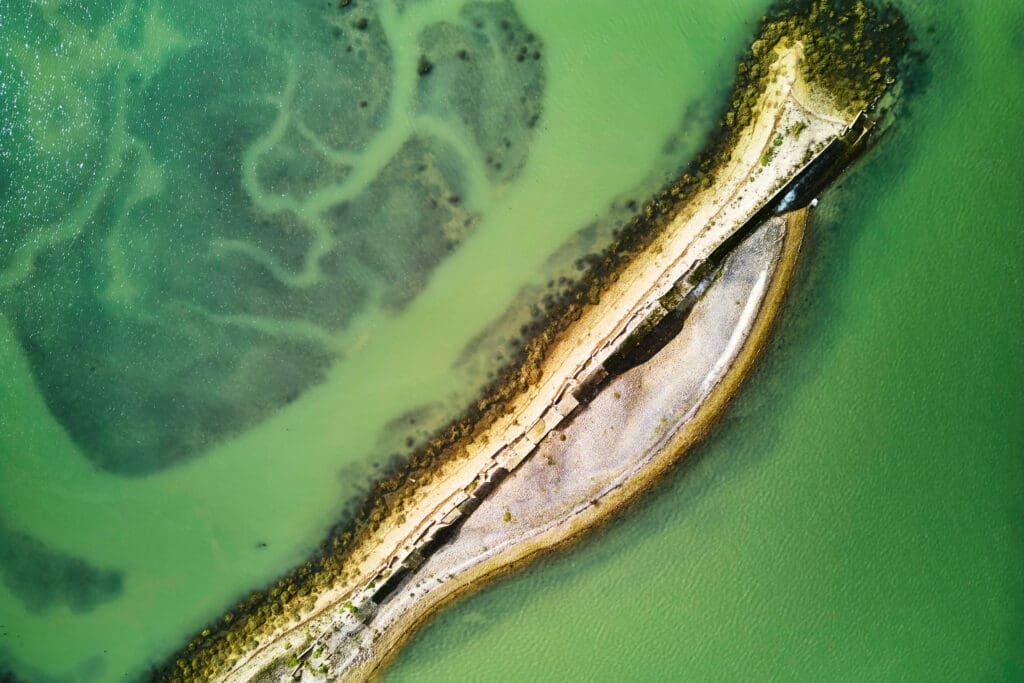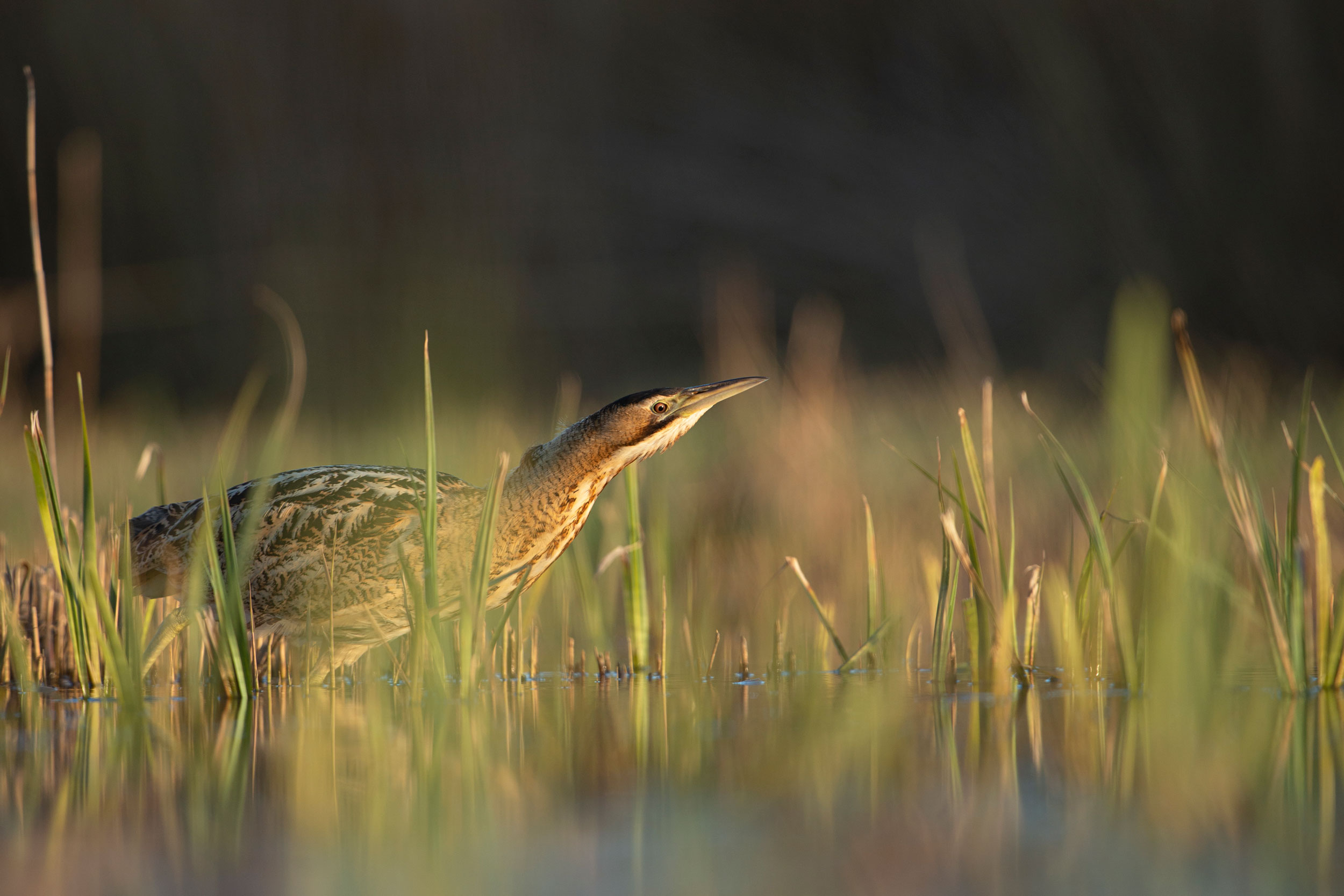It was an ordinary day in an ordinary place just down the road – and my heart was pierced by the wonder of it. I was half a mile from the pub. I could still hear the hum of traffic on the main road. I could see the chimney of a brewery. It was raining.
The sky was 50 shades of blue-black ink, the tide a little over halfway up the Blyth Estuary in Suffolk. The water, still shallow, was full of gulls and Redshanks: ordinary birds. The rich, bubbling cry of a Curlew rang out and for a moment I thought I would weep.
‘For a moment, this scrap of England’s east coast seemed – no, damn your ‘seemed’ – was as marvellous as the Serengeti, Yellowstone, the Victoria Falls, the Great Barrier Reef, the Galapagos’
It’s local, it’s normal, it’s the stuff of everyday life – and it’s absolutely bloody wonderful.
Then the thunder came and with it the hail, and I walked on through the storm and heard again the sweet silver song of the Curlew. Nothing rare. Nothing extraordinary. And yet I was filled with a sudden intense awareness of being in a special time in a special place. For a moment, this scrap of England’s east coast seemed – no, damn your ‘seemed’ – was as marvellous as the Serengeti, Yellowstone, the Victoria Falls, the Great Barrier Reef, the Galapagos.
Well, it happens that the RSPB agrees with me. With their help, the east coast of England, this soft, soggy, boggy uncertain area between the Humber (how homely is that?) and the mouth of the Thames is now on what’s amusingly called the UK Tentative List of UNESCO World Heritage Sites, along with six other locations. The UK Government has agreed the landscape is of outstanding universal value and has given its backing to a bid to put this forward to UNESCO so it can be recognised alongside the other for-all-time great places I have already mentioned.
East Coast Wetlands: the UK’s next World Heritage site? Video: RSPB
I have lived in England’s nature-rich Far East for more than 25 years. Back in 1990, I wrote a book called Flying in the Face of Nature about a year in the life of Minsmere, an RSPB nature reserve on the Suffolk coast. I have seen the high-tide roost at RSPB Snettisham, the Spoonbill colony at Holkham, Brent Geese at Walton-on-the-Naze and Peregrines at Elmley in Kent.
It’s a long and complex stretch of coast, quite unlike the dramatic cliffs of Cornwall and Yorkshire. It’s a coast that can’t make up its mind whether its land or sea. It’s a bit of both: soft, volatile, shifting. And as the sea continues to rise, further changes are inevitable. Humans have done plenty of stuff to the coast over the years, not always for the best, but in terms of nature and beauty and wonder you still get more value-per-mile than almost everywhere else in England.
In one sense it doesn’t really matter what you call it – Barnes’ Beauty Spot or the King’s Back Garden – but calling it a World Heritage Site is actually a big deal. It means we will be more likely to remember that this long string of ordinary English places is also a thing of beauty and wonder, and that we would do well to cherish it and to make it better, for the sake of the Curlews and for the sake of humans passing through.
What was it Orhan Pamuk, the Nobel Laureate, once wrote? Ah yes: “What makes the marvellous is its peculiar way of being ordinary; what makes the ordinary is its peculiar way of being marvellous.”
Listen to this feature here:
You might also like

Nature’s therapy

Your questions – winter 2023/spring 2024



